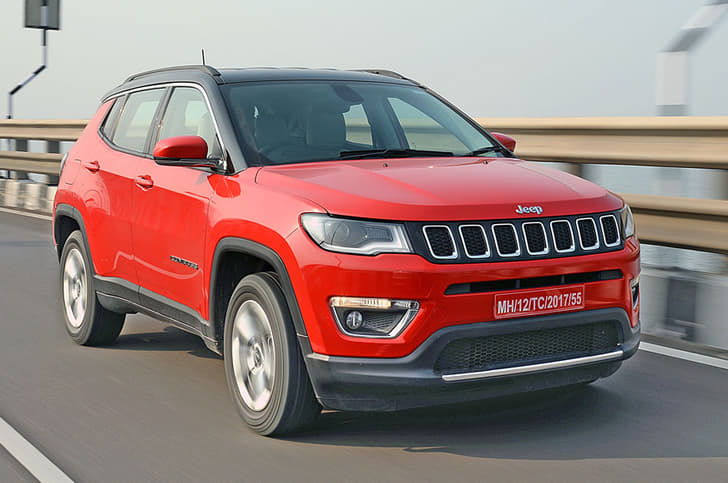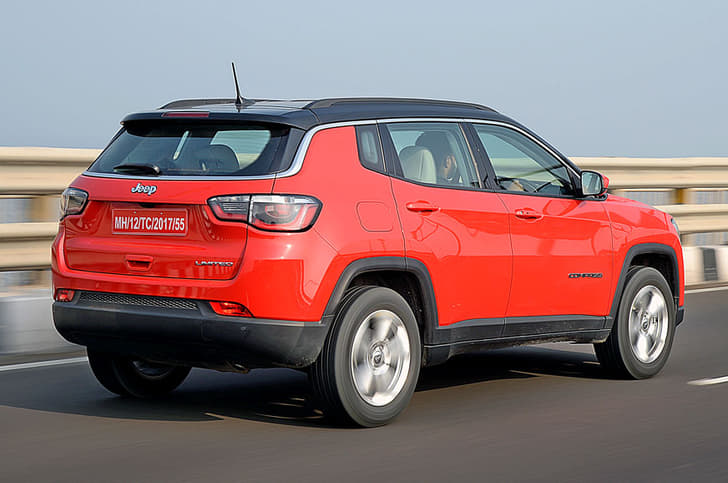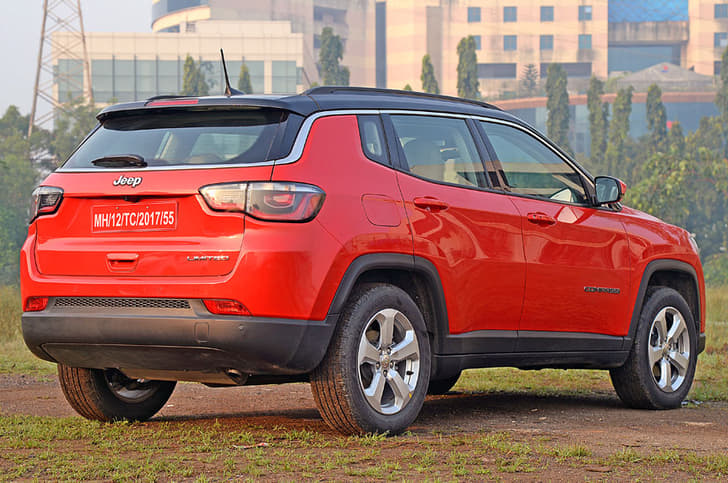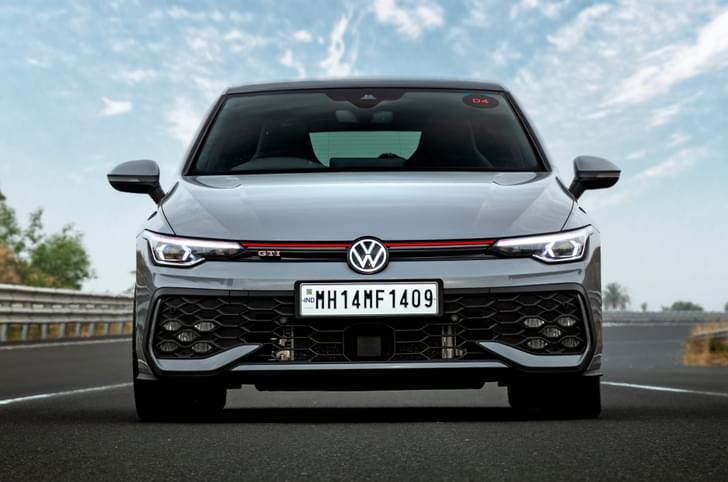The Volkswagen Virtus is the Skoda Slavia’s sister car. Similar in many ways, but also quite different, it is a replacement for the decade-old Vento. The big news is that the VW Virtus is a car that is better in pretty much every measurable way when compared to its predecessor. It is larger on the outside, bigger on the inside, and gets more power and performance under the hood. So just how much of a step up is it, how does it compare with rivals from Honda and Hyundai, and finally, is it a car that would keep you from joining the hordes thronging to SUVs? These and other questions answered in our first drive of what promises to be the best and most well-configured car Volkswagen has ever launched in India.
Volkswagen Virtus: exterior design
Since the Skoda Slavia and Volkswagen Virtus are very similar under the skin, they share a lot. But they also look very different, and this is basically down to each company’s individual approach. Where Skoda has gone for a sportier and more compact-looking nose, Volkswagen has chosen a more grown-up look. You can see this practically everywhere; from the manner in which the ‘squared’ nose of the Virtus has been fleshed out, to how chrome detailing has been used to help highlight important details. The Virtus, especially in the metal, looks as long in beam as a Jetta! This impression is reinforced when you see how far back the lines stretch, and then what makes Virtus look even more upmarket is the sophisticated detailing. The L-shaped LED strips merge seamlessly with the grille, the VW logo pops out nicely in 3D, and unlike the Slavia, has almost no cuts and creases on the bonnet. Even the partially blacked out tail-lights look both edgy and sophisticated.

Not everything works perfectly in my opinion though. I don’t care much for how the chin section has been enlarged and stretched; it looks mildly out of sync, the 16-inch wheels look small when you consider the size of the car, and while the 179mm ground clearance practically gives it off-road ability, the tyre-to-wheel-arch gap still rankles. I like the contrast roof and blacked-out B-pillars though, and I also like that you can differentiate the more powerful 1.5 TSI by its all-black wheels, micro boot-lid spoiler and GT badges.
Under the skin is the heavily localised MQB A0 IN chassis. Stiff than the outgoing car by a good margin, which is great for ride, handling and safety, improvements to the chassis also mean greater refinement and NVH levels. There’s so much surplus stiffness, even the floor has been flattened a bit more to make the rear of the cabin feel roomier; no four-wheel drive versions expected here. Those impressed by a solid door shut will also like just how robustly this car is put together and VW has also been careful in providing sufficient insulation.
We are now familiar with the engines and gearboxes – this is the fourth product of the India 2.0 project, after all – and the range once again starts with the 1.0 TSI. A three-cylinder unit that makes 115hp and a very healthy 178Nm, this engine is available with either a six-speed manual or a six-speed torque converter automatic. The larger 1.5 TSI gets loads more power – a very strong 150hp, and a huge 250Nm; the automatic gearbox here is a seven-speed DSG twin-clutch unit. Strangely, however, and despite all the extra power and performance, the 1.5 TSI gets the same tyres and even the same brakes, with no discs at the rear.
Volkswagen Virtus: interior and features
Anyone who’s familiar with VW’s Tiguan SUV will feel right at home in the Virtus. Climb in and close the door and you are treated to familiar door ‘thunk’ that lends a huge amount of feelgood factor. You then experience an elevated level of fit and finish on the dash and what impresses even more is that almost everything you touch is made of high-quality materials. Case in point, the beautifully designed and finished steering that’s an absolute treat to hold and use.

What impresses is that, unlike the Slavia, which feels pared down on the inside, the Virtus has fewer obvious signs of cost trimming; they’re there, but you have to look a lot harder. The red trim on the 1.5 TSI (which thankfully only comes with the red exterior paint) is a bit much and, in my opinion, makes the cabin look smaller than it is, and this isn’t helped much by the black dash top and black seats. The lighter-coloured lower half of the dash does brighten up things, however, and I like how VW’s designers have integrated the piano black and the touch screen in one continuous sweep. The silver border adds definition, especially around the instrument panel area, and the digital dials themselves are nice and sharp. VW could have made better use of the screen though; you are always hunting for information and having to choose between either speedo or tacho really makes you hanker after a wider screen that could have fit both in.
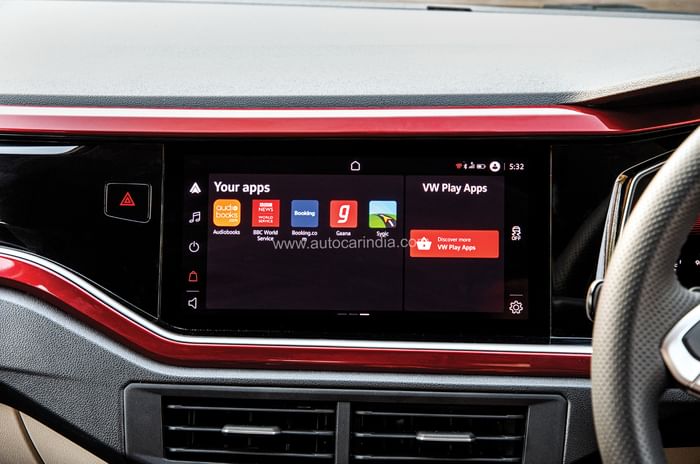
Those of you familiar with the Slavia will also pick up other differences, again down to how Skoda and VW do things differently. The starter button, for example, on the Virtus sits on the centre console, ahead of the gear lever, while Skoda places it on the steering column. Then, while the Skoda has its lock and unlock button on the central console, VW has it on the door, right next to the door handle. And there are other differences too.
The touchscreen, however, is very familiar. Functionality is good, you get connected tech (but again, no remote cabin cooling) and systems like wireless Apple CarPlay and Android Auto work particularly well. It also helps that you have loads of USB C slots, the wireless charging prompts you before it gets going, you get cooled front seats and there are plenty of stowage areas too. In addition, the door pads have big bottle holders, the cooled glovebox is large, you get stowage space ahead of the central console, and there’s a small elbow box whose lid can be slid forward if you need additional support.
The large front seats are particularly supportive and comfortable. The Virtus allows the driver to take their seat all the way down, and despite the fact that this is a sedan, visibility out is excellent. And for those sat in front, the sunroof above is quite wide and lets in plenty of light.

There are niggles though; the roof lining is still knitted, you trigger the touch sensitive air con controls regularly when you reach for the gear lever, and a few plastic bits lower down in the cabin are a bit too basic, but these apart, the cabin really impress.
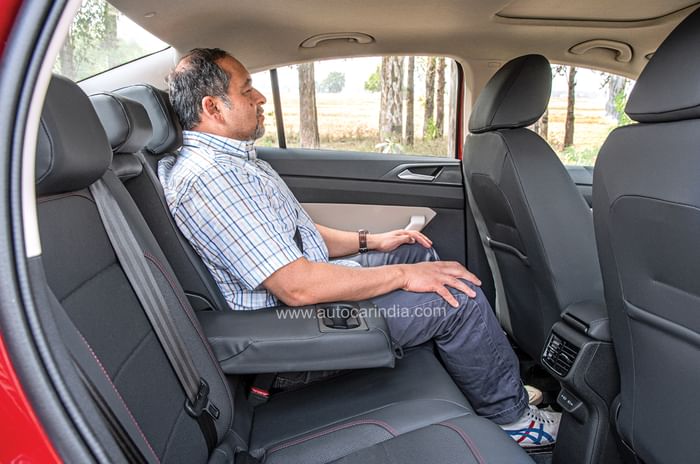
Even the back seat, where plenty of owners will sit, hits the spot. There’s loads of legroom, thigh support is good, and while the seat isn’t the widest and three abreast isn’t ideal, it still feels roomy here. Wish the backrest were a bit more reclined, but what’s nice is that all three passengers get their own headrests and three-point seatbelts. Missing, though, is the lever that allows rear passengers to push the front passenger seat forward, as on the Vento. You won’t want more space in the boot, however; this one gives you 521 litres, but for those who do, you can even flip and fold the seats forward.

Volkswagen Virtus: engine, gearbox, comfort and handling
We drove the Virtus in Amritsar; initially through some narrow lanes and over some decidedly second-rate tarmac, but later over some fabulous state highways and all the way to the Wagah border. As expected, the ride is very accomplished. The suspension and tyres soaked up a lot of what the road throws at it, the Virtus rides flat (although the nose-heavier 1.5 TSI does pitch a bit more) and even when you drive over some large craters with sharp edges, there’s only a hint of stiffness and resistance.

We only drove the automatics, both the six-speed torque converter 1.0 TSI and the seven-speed DSG 1.5 TSI. Of the two, it’s the 1.0 that provides the bigger surprise. While this engine and gearbox are familiar from the Taigun and Kushaq, the pair seem to work better here. Whether down to a slight re-tune or the slightly lighter kerb weight of the Virtus, the 1.0 TSI takes off smartly from rest. The torque converter gives it a bit of extra shove getting off the line, and then it continues to pull forward smartly as I keep my foot in.
Gearshifts aren’t lightning quick and there is a pause at times when you want to downshift, but the gearbox works well in the city and decently on the open road too. The 1.0 TSI feels eager, responsive and always on the ball, and that’s exactly what you want from a small engine. It even gets paddles, so you can enjoy a bit of a sporty drive too. You can tell it’s a three cylinder at times, with a bit of grumble and vibes at low speed, or if you stretch it to near its redline. The turbo lag, though well masked, does raise its head occasionally in traffic, but really, the 1.0 is all the engine you need, an engine that, in boxing terms, punches well above its weight.

If you want punch, and a lot of it, the 1.5 TSI is where you head, and equipped with the quick seven-speed DSG, it delivers a torrent of performance that just has me holding on to the steering wheel and grinning. While it doesn’t quite leap off the line or push me back firmly in my seat, power builds in an almost turbine-like linear manner, and before you know it you are going seriously quick. Looking for a quick burst of power to take advantage of a gap in traffic? This is the car for you.
Yes, there occasionally is a bit of a pause as the gearbox software protects the hardware and the clutches, but put your foot down and the pace in general is searing. What helps make it semi-practical and a bit more efficient is that it comes with engine stop/start and cylinder deactivation, the latter popping up on the instrument panel as the software feeds only two cylinders. Without the indication you’d never know.
Performance doesn’t slack off at higher speeds either, and as I use the paddles and settle the Virtus into a long corner, I find stability is just superb. Yes, it has 179mm of ground clearance and that results in some small amount of roll, but the Virtus deals with it so well and gives me so much confidence, it allows me to use more and more of the performance. The 1.5 TSI isn’t quite as keen to dive into corners as the 1.0 TSI, and at times putting down all the power needs a bit of patience, especially when you are in a corner, but even then, this clearly is one of the best driver’s cars to emerge in a long, long time. Car enthusiasts, petrolheads, this one’s for you.

Volkswagen Virtus: price and verdict
The Virtus is a car VW has got right; that much is clear. It looks the business, has a well-built and classy looking interior, it’s very comfortable and well-equipped, it feels solidly built and it importantly has all the essential safety features. It even comes with a large and practical boot. On top of all this, it rides well, drives well and, of course, has plenty of performance, whether you choose the 1.0 or 1.5 TSI. Yes, like the Slavia, the 1.5 TSI version is expensive, and the Virtus is priced from Rs 11.22 lakh to 17.92 lakh (ex-showroom). Moreover, there’s no diesel version on offer for high milers, and it will be tough deciding between the VW and the Skoda. But even as things stand, make sure you put it on your shortlist. It’s more than just a worthy successor to the venerable Vento, and is also a car that can convince you that SUVs aren’t everything.




















